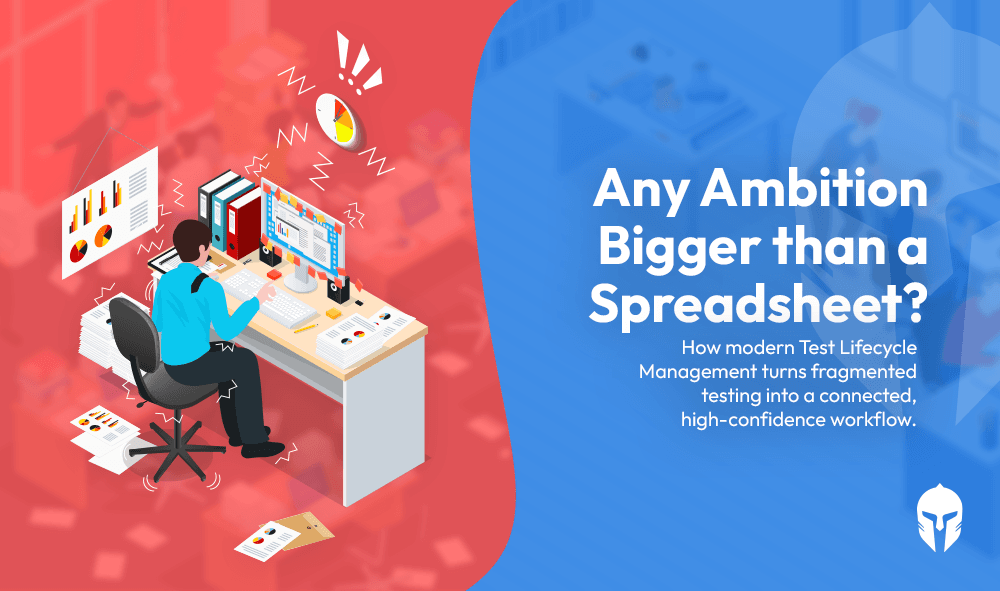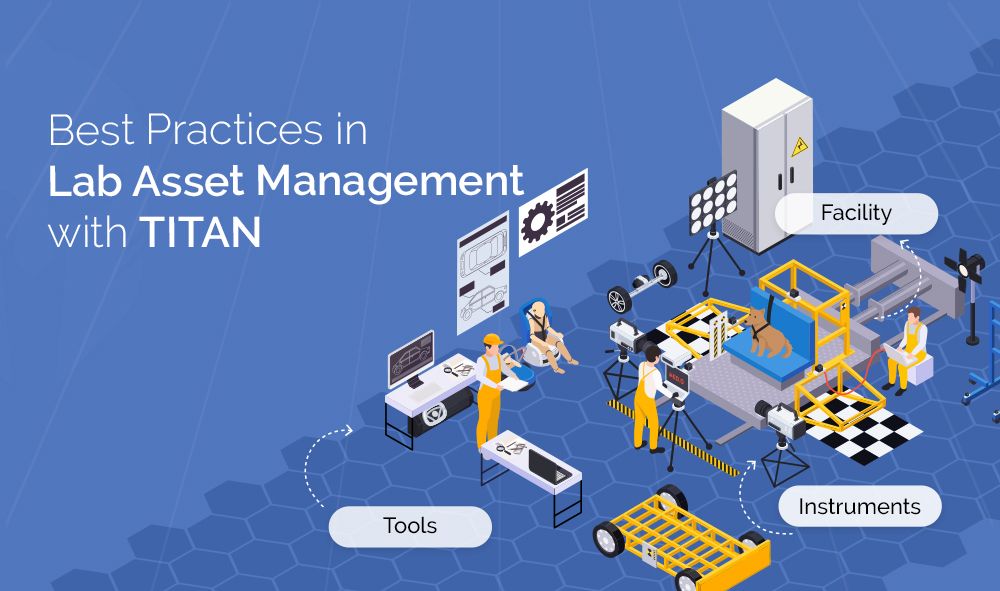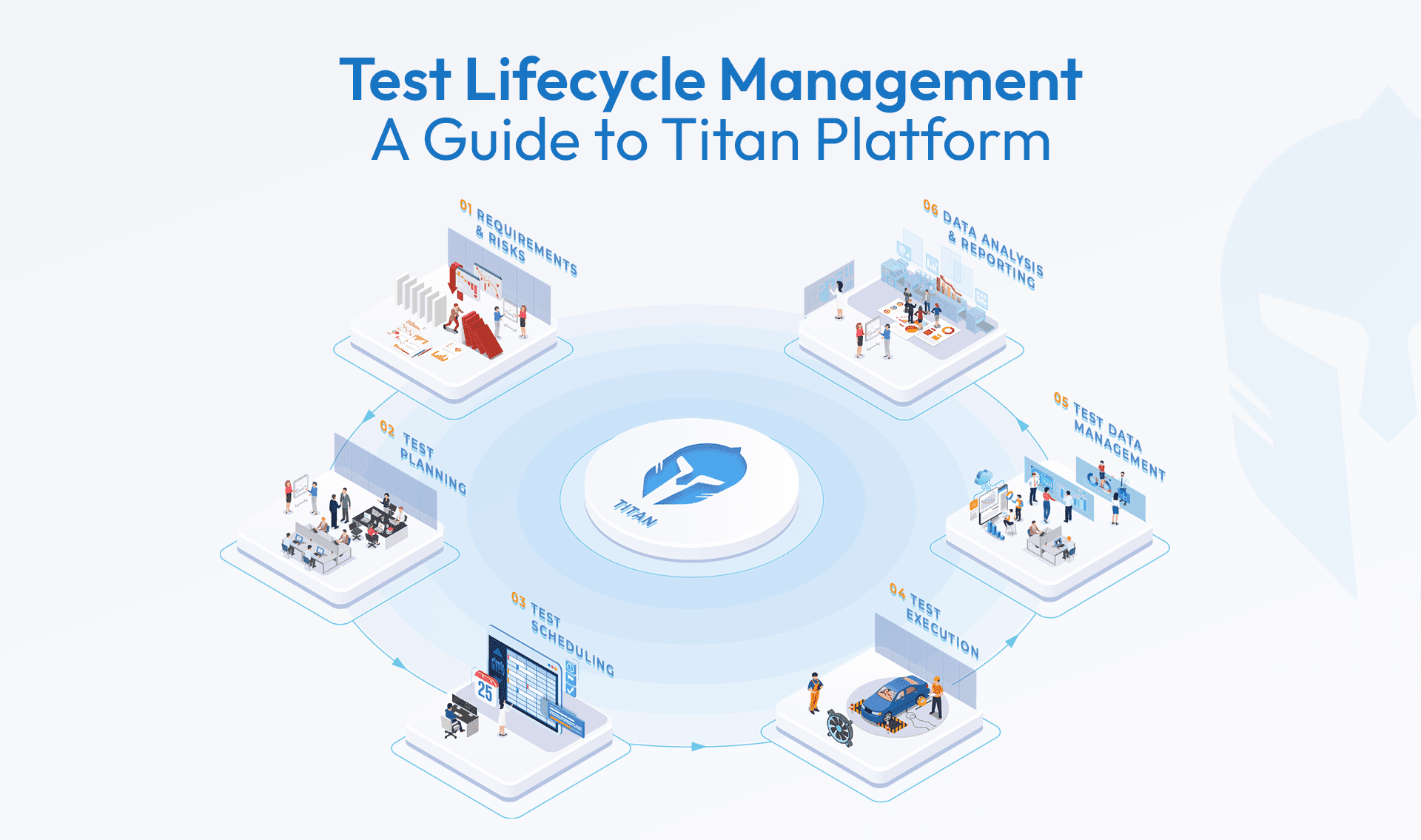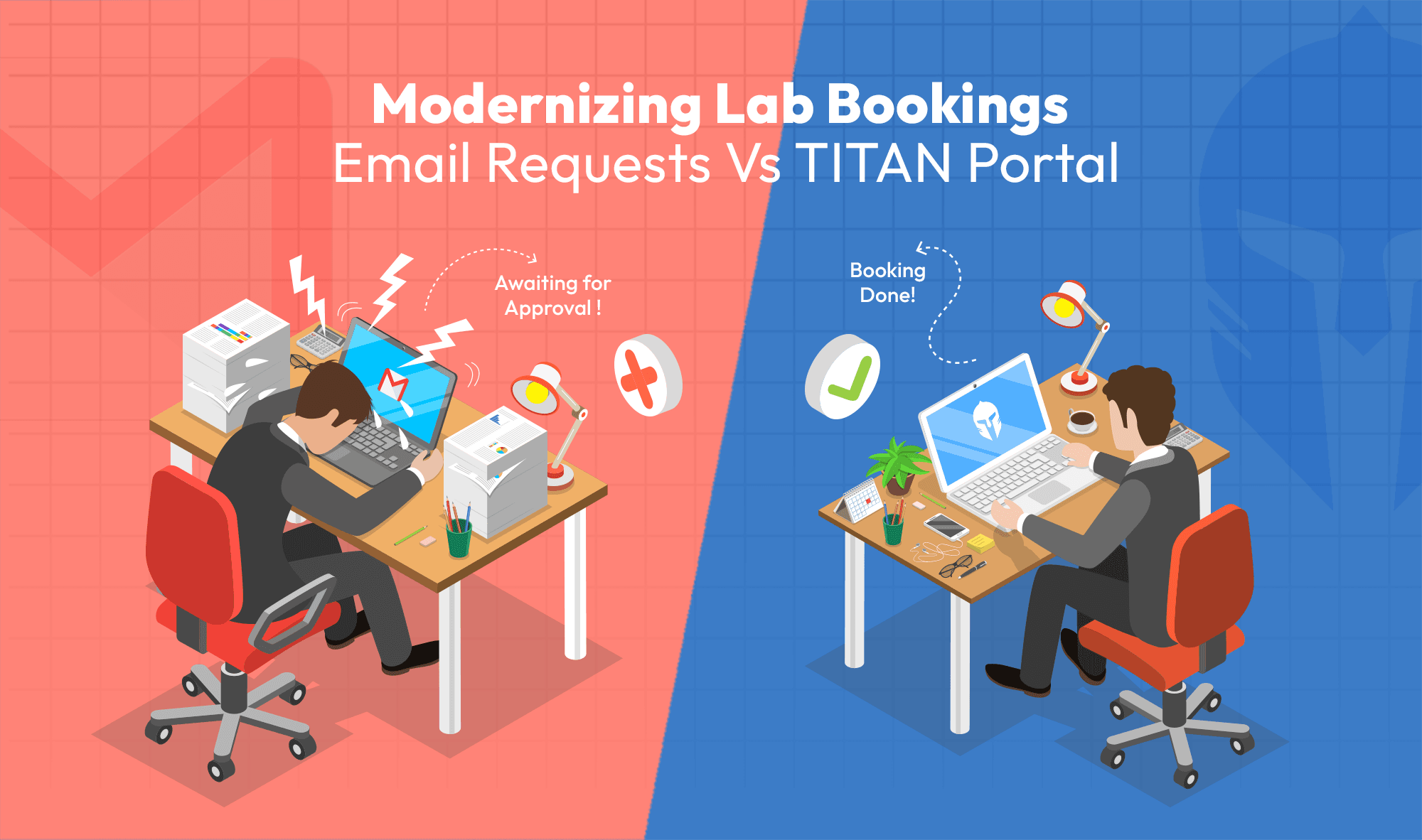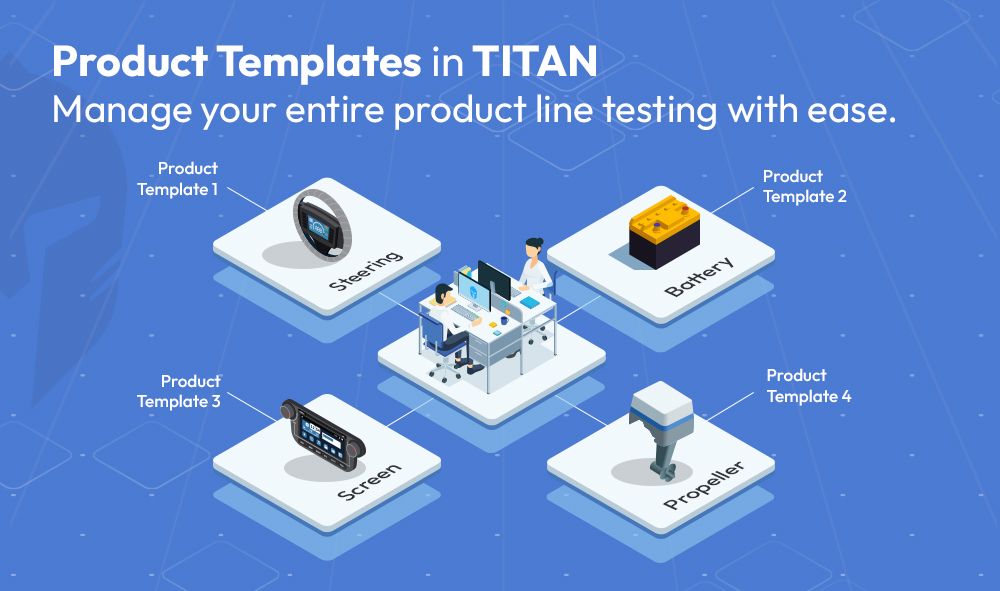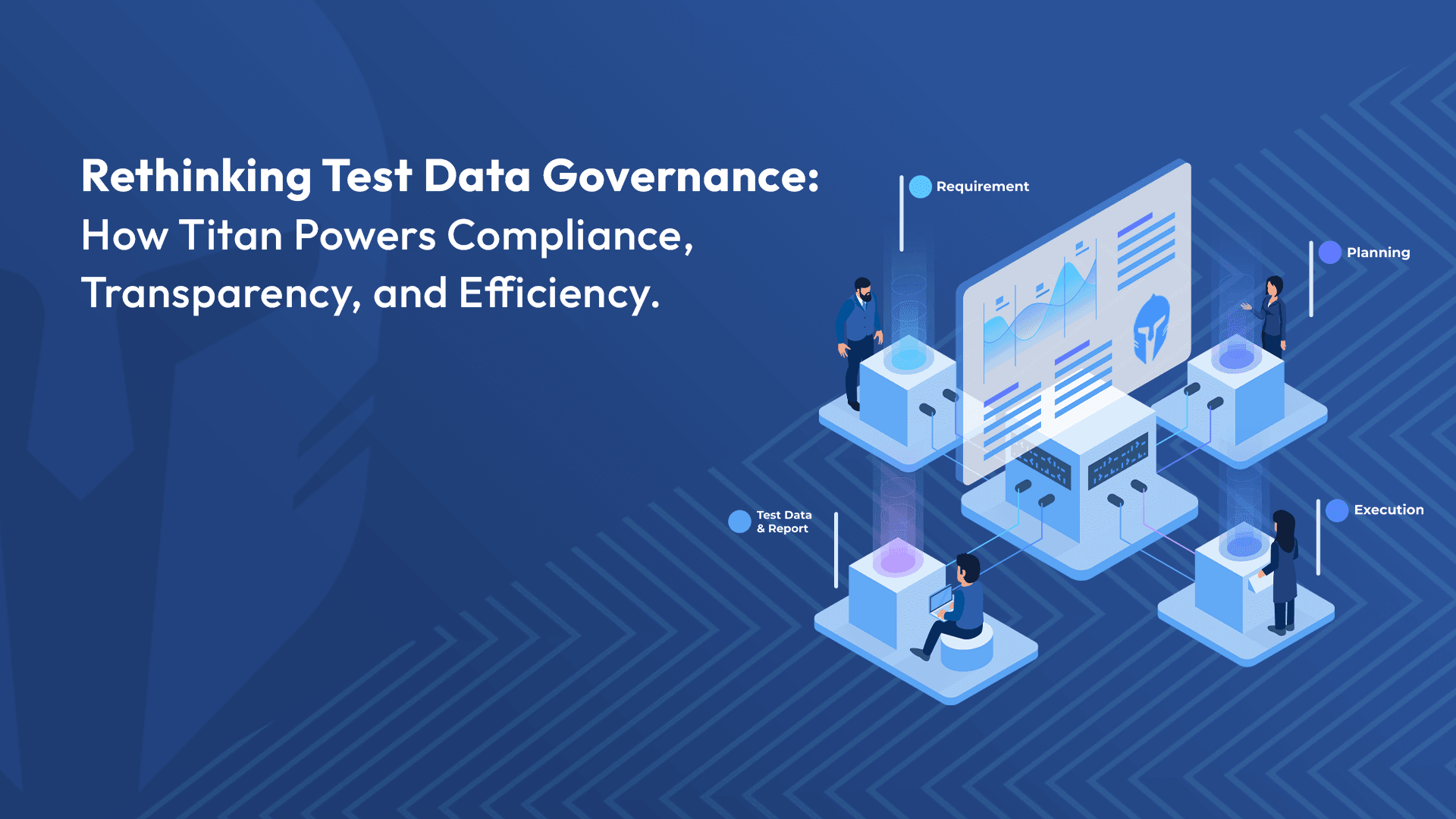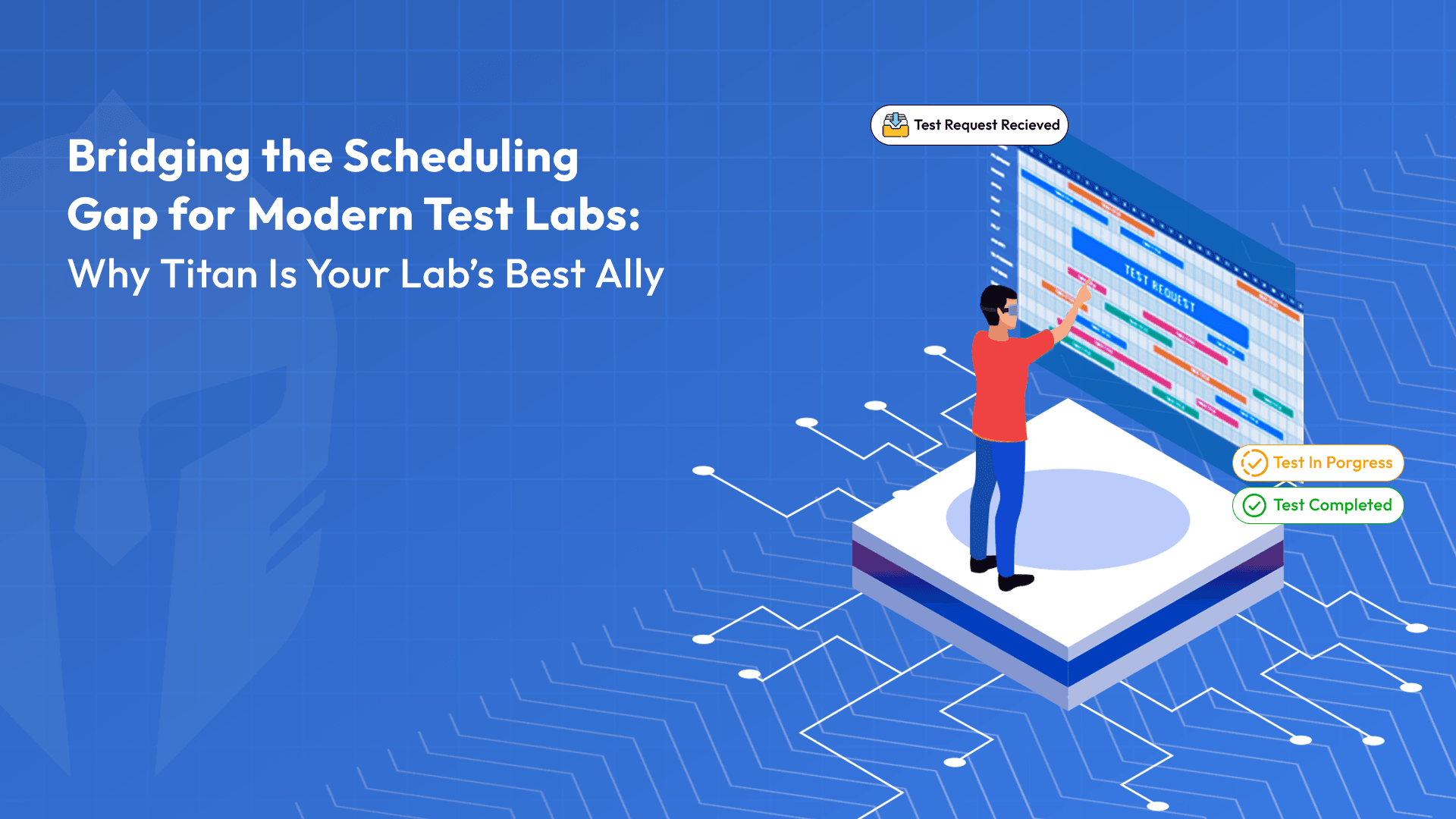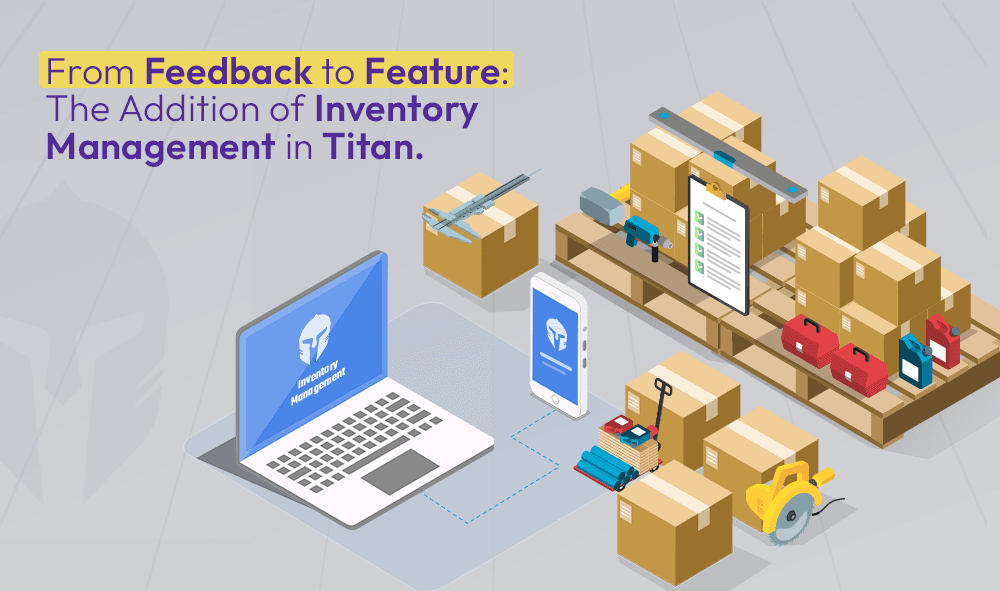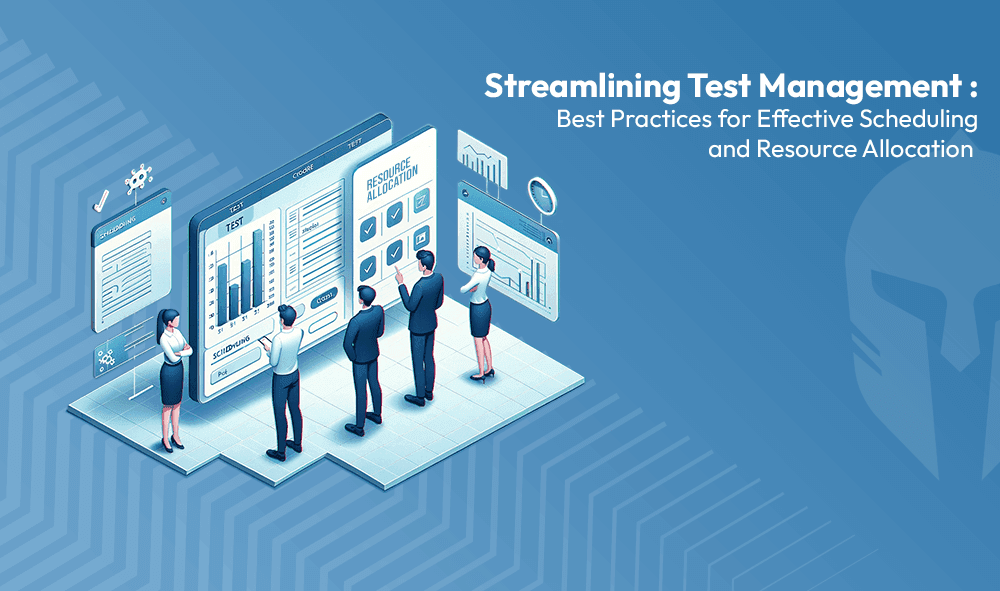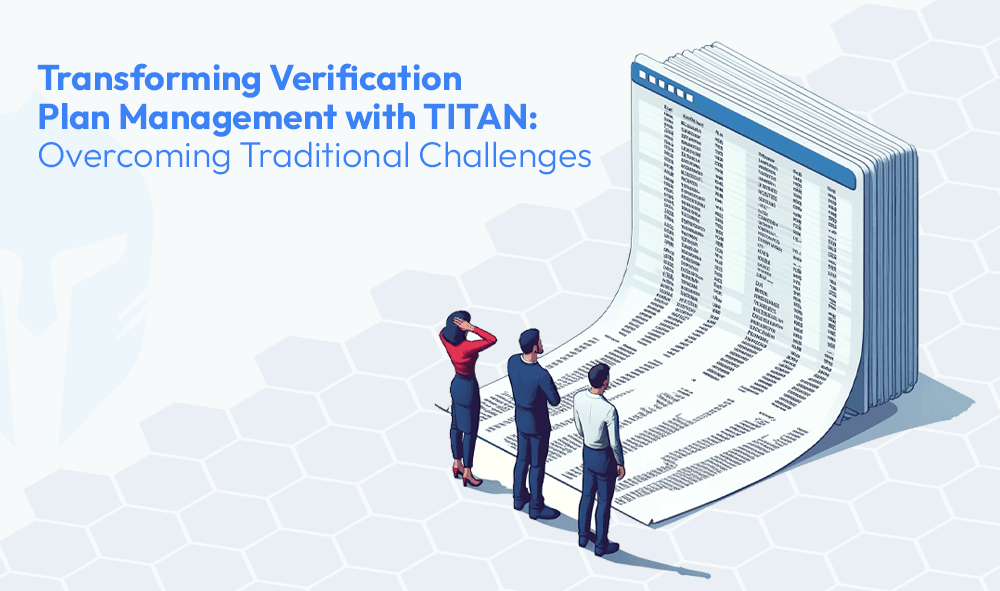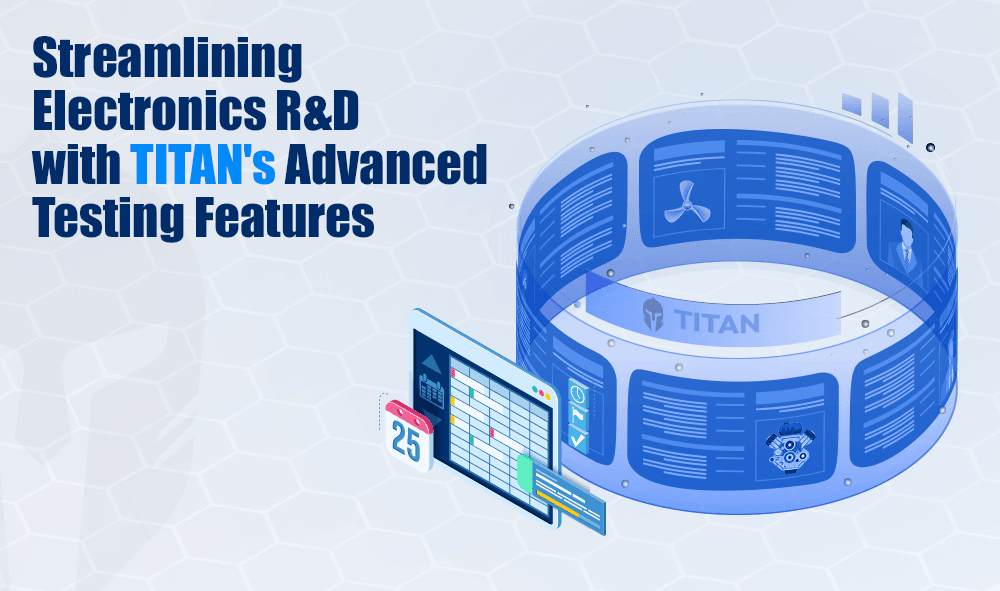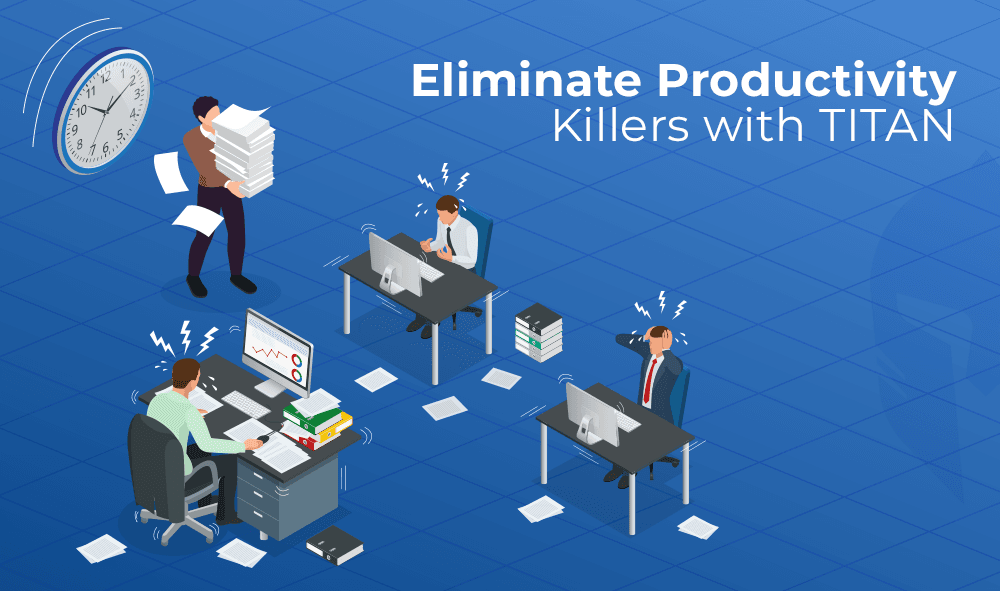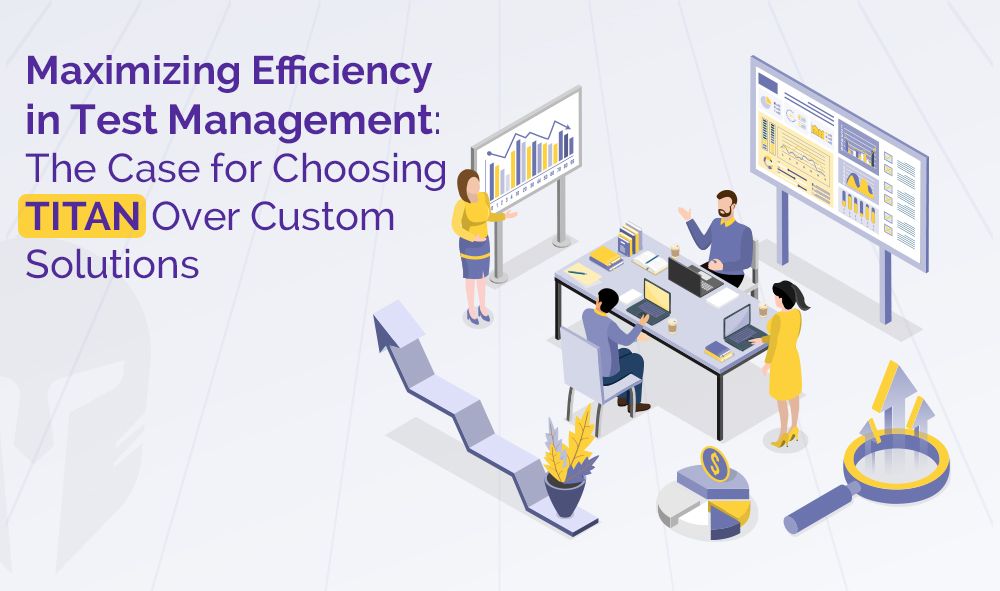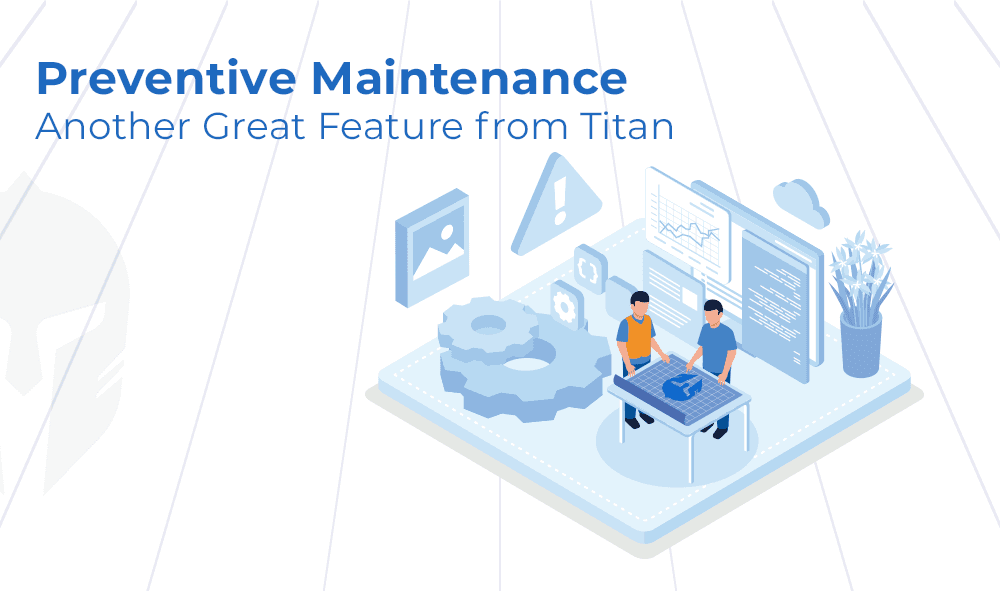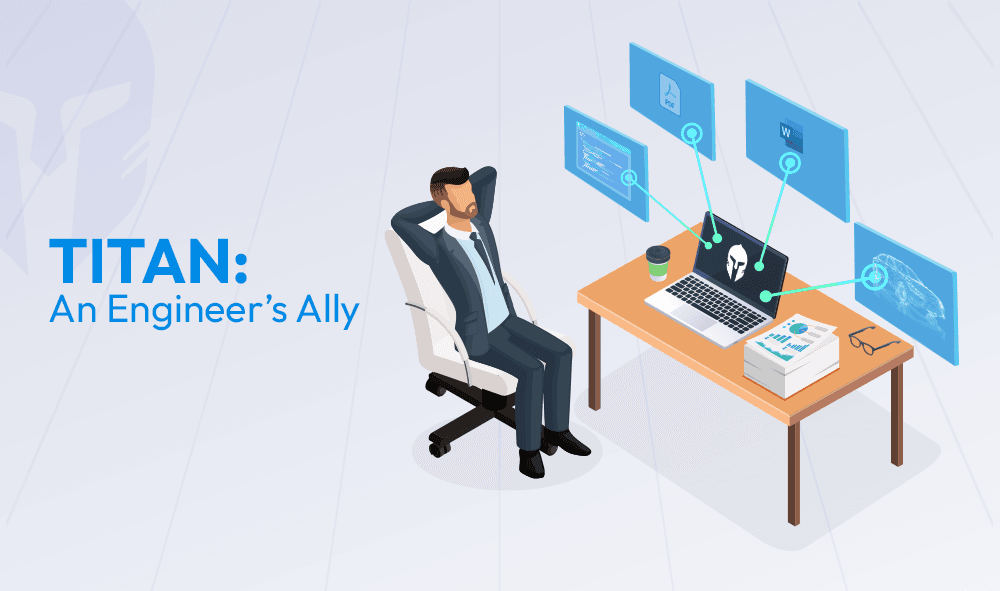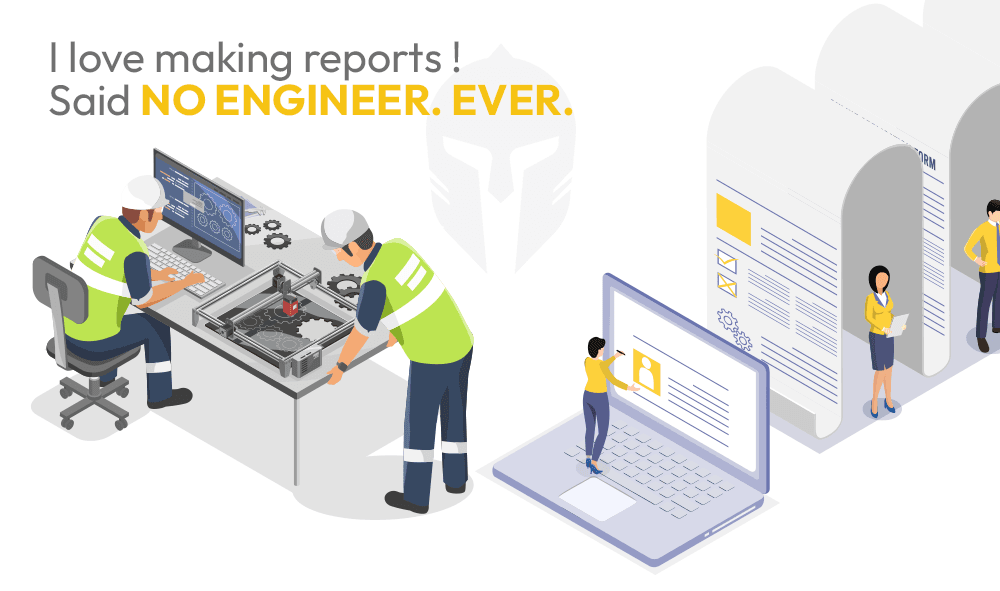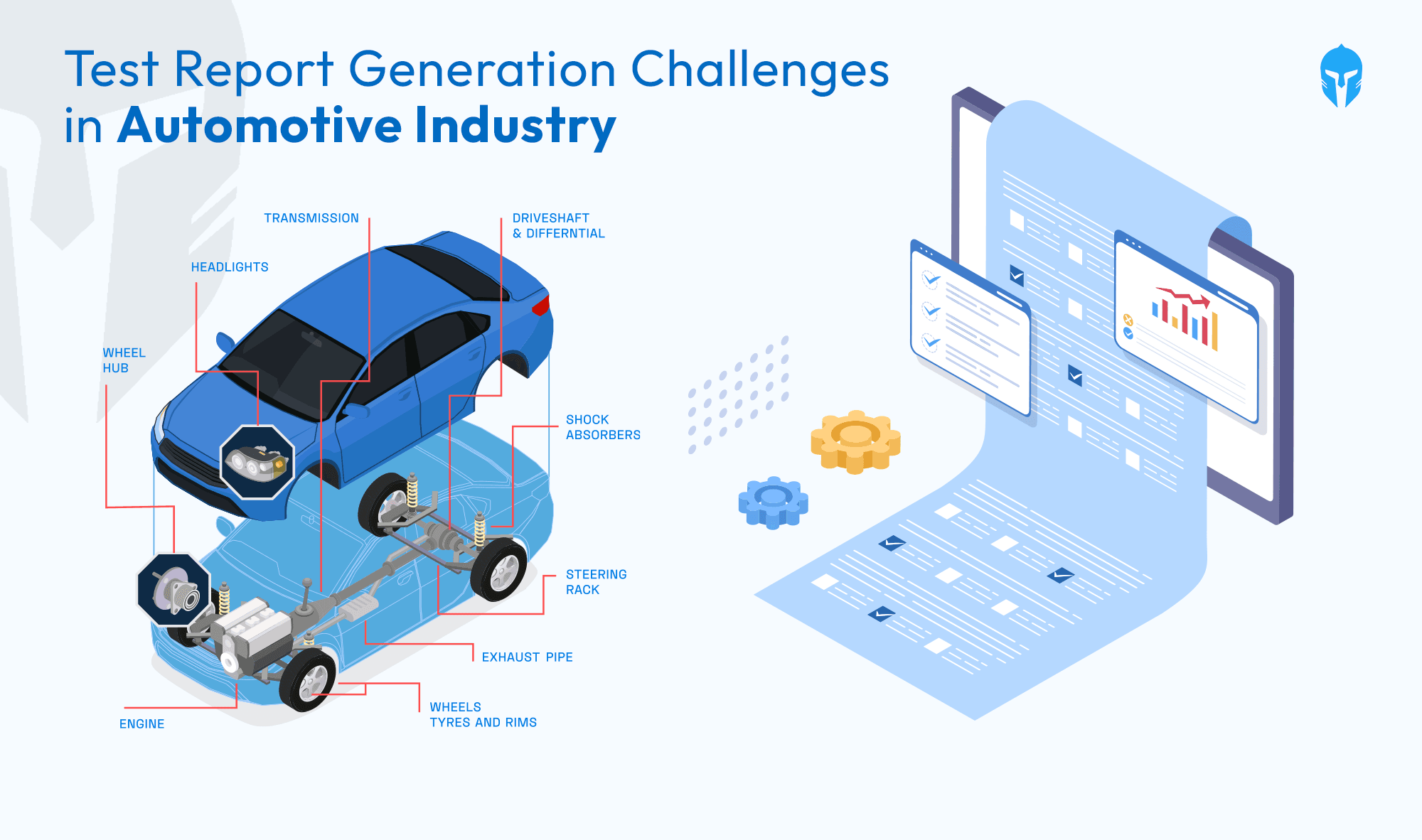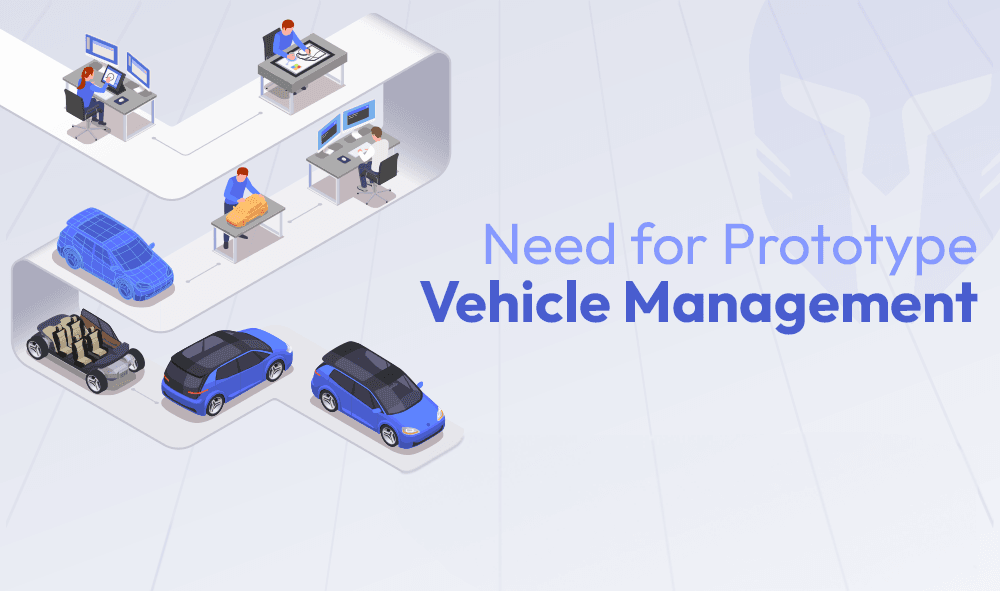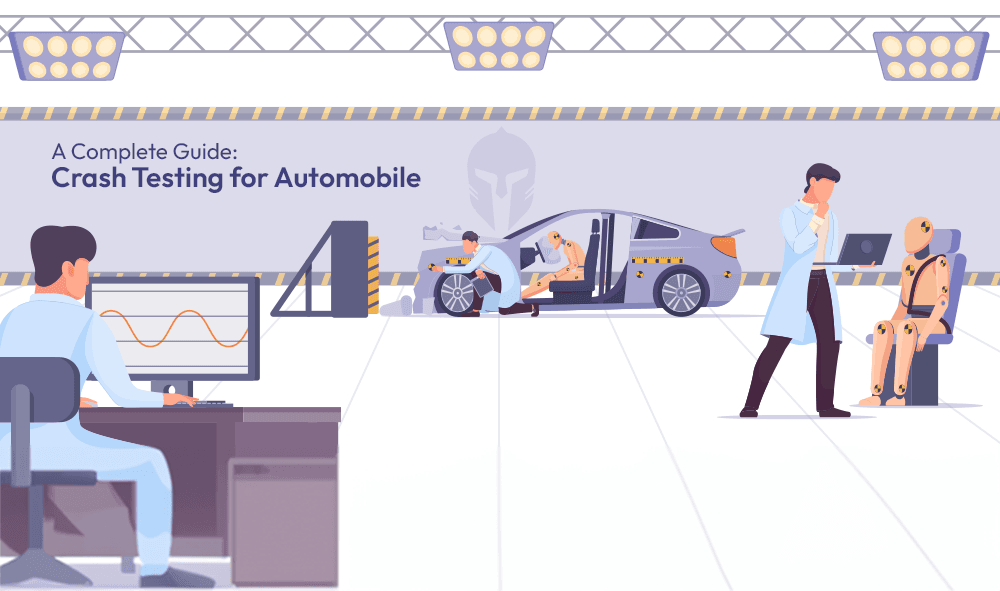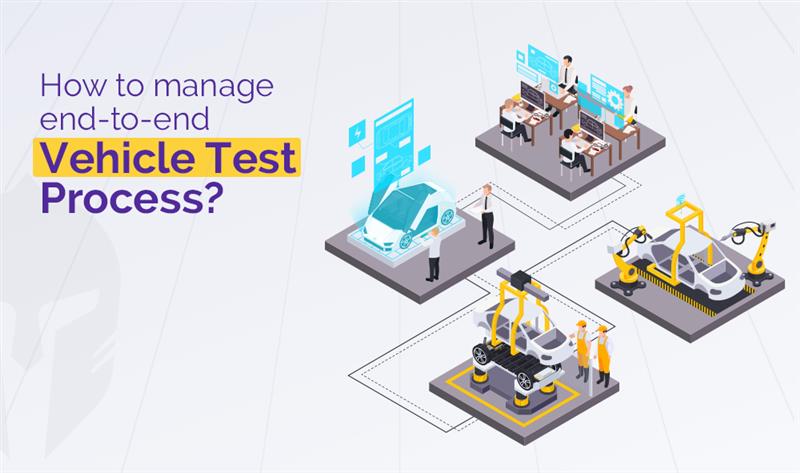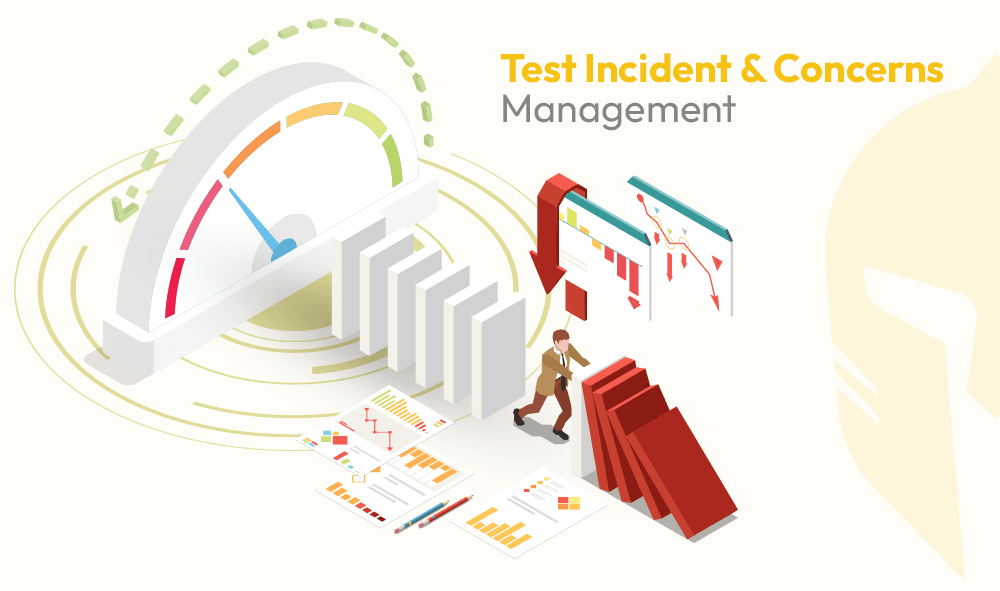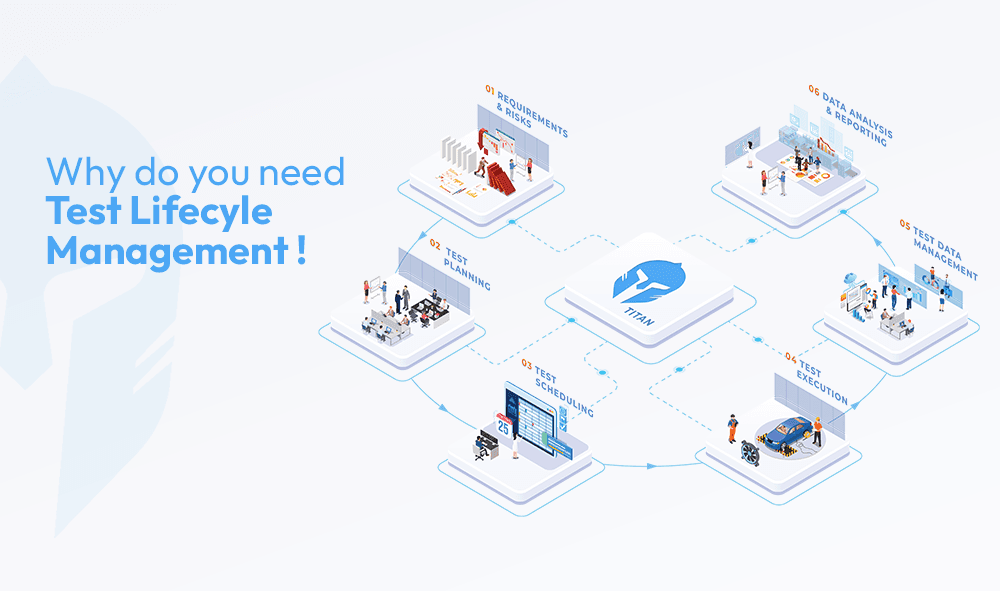The Cost of Inaction: Why Testing Teams Can't Afford to Delay a Test Lifecycle Management Solution
Author

Neerav Singh
Technical Product Specialist
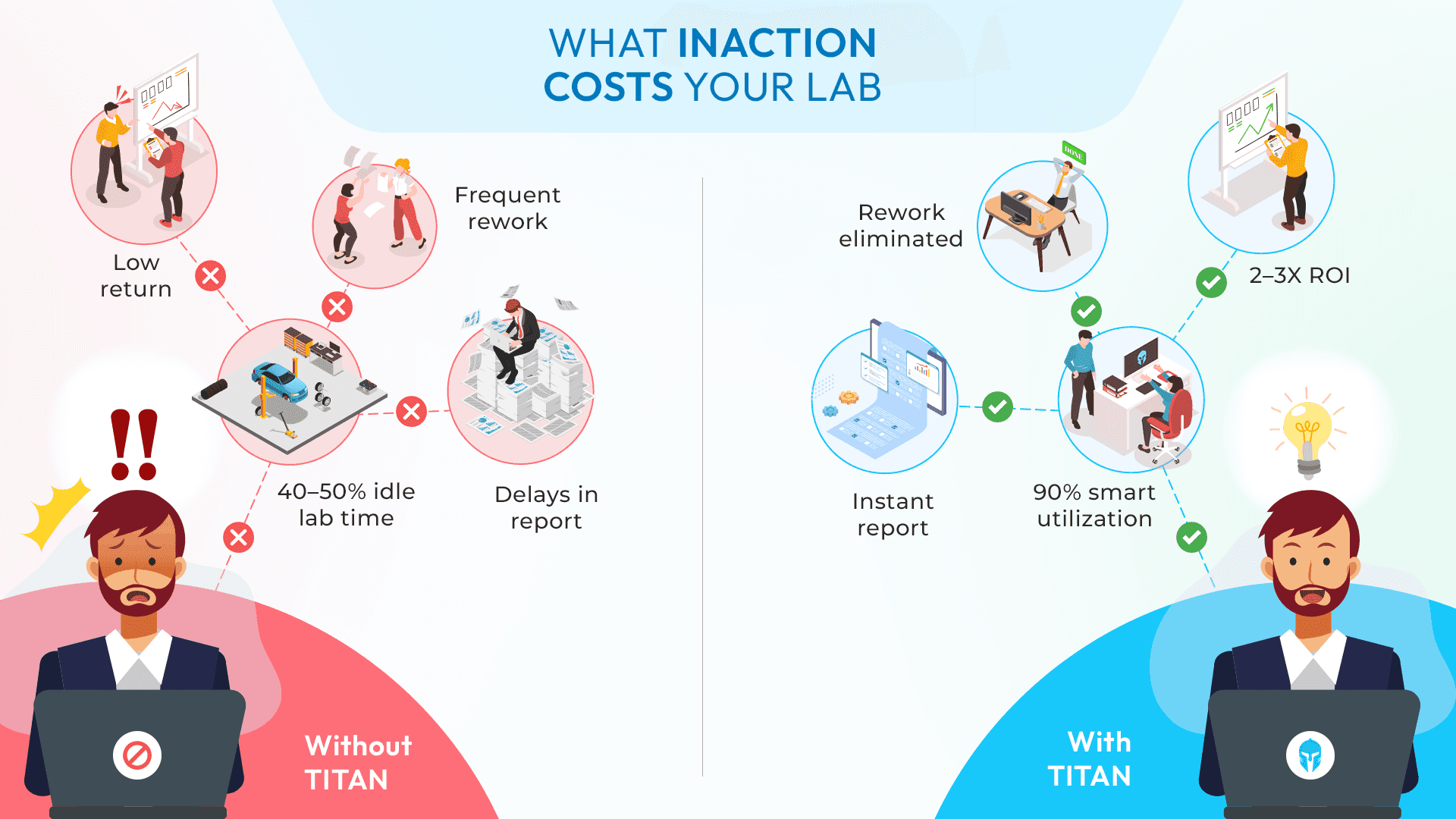
Author

Neerav Singh
Technical Product Specialist
Reading Time
11 min read
The Cost of Inaction: Why Testing Teams Can't Afford to Delay a Test Lifecycle Management Solution
Many engineering leaders already know their testing teams need a centralized system. The challenge? Convincing executives to allocate budget when spreadsheets, SharePoint folders, and ad-hoc workflows technically "get the job done."
But here's the real question: what is the cost of sticking with those manual and disconnected processes? In this article, we'll break down the hidden costs of not adopting a Test Lifecycle Management (TLM) system like TITAN and show how teams can build a solid business case for change.
The Financial Impact: What It Costs to Not Invest in TLM
A Fortune 500 automotive OEM discovered their $400,000 test rig was operating at just 40% utilization not because of demand issues, but because scheduling and requests weren't centralized. Meanwhile, a leading marine component manufacturer found they were repeating 12% of their tests because results were buried across different drives and formats, costing them approximately $180,000 annually in wasted engineering hours alone.
The Real Cost Pattern Across Industries
This isn't an isolated problem. Major manufacturers from Boeing and Airbus to Toyota and Volkswagen continue experiencing costly delays despite having dedicated IT departments and enterprise PLM systems. The missing piece? A proper information infrastructure that connects test data with design parameters, control variations, and measurement results.
Consider this scenario: A major automotive manufacturer invests hundreds of thousands of dollars setting up sophisticated test benches, yet their highly skilled engineers still work with Excel spreadsheets. When asked about utilizing existing test data, the common response is: "I don't know if that data exists, so I'll just retest it." This duplication alone represents massive waste across the organization.
Three Dimensions of Financial Impact
The real financial impact shows up in three ways:
Direct costs: Rework, repeat testing, idle labs, emergency maintenance, and duplicated engineering efforts. Engineers frequently retest because they cannot locate existing data, wasting resources that could be deployed on innovation.
Indirect costs: Delayed time-to-market, poor asset ROI, compliance penalties, and product launch inefficiencies caused by disconnected data silos and inefficient testing feedback loops.
Hidden costs: Wasted engineering talent (highly intellectual professionals spending time on manual data manipulation), knowledge loss when engineers leave, missed optimization opportunities, and the inability to make strategic business decisions due to data unavailability.
The Strategic Business Impact
Beyond direct costs, disconnected data systems create strategic disadvantages that impact the entire business:
Regulatory Compliance Risks: Without proper data management connecting type approvals, development data, production compliance, and regulatory processes, companies risk costly product recalls. For manufacturers selling multiple models across different countries, ensuring each release meets evolving emission standards without centralized data tracking becomes nearly impossible.
Inability to Answer Critical Business Questions: When leadership asks strategic questions like which platforms require durability improvements to reduce warranty costs, or where performance upgrades would deliver the greatest competitive advantage teams often need weeks just to gather the data. These business-critical analyses require integrated information from component testing, system validation, field performance data, and competitive benchmarks across multiple vehicle lines. Without connected systems, answering becomes a manual expedition through departmental silos rather than a data-driven decision.
Competitive Disadvantage: Companies like Tesla and Amazon demonstrate what's possible with intelligent feedback loops and connected data infrastructure. Research shows that companies implementing intelligent feedback loops are 50% more likely to reduce product development time by 30%. They learn, adapt, and implement quicker than traditional manufacturers by establishing complete infrastructure with continuous feedback from testing through deployment. Every month competitors gain with streamlined operations widens the gap.
The longer teams wait, the more these costs compound.
The ROI of TLM: People, Throughput, and Rework
Every test organization is different, but the main cost levers are consistent: labor, throughput, and rework. TITAN consolidates these areas into a single workflow, and the impact is measurable.
Let's assume a mid-sized engineering test team:
- 15 engineers and 3 support staff
- Average engineer salary: $95,000/year
- Average support staff salary: $70,000/year
- ~100 test requests per week
- Teams spend ~6 hours per week per person managing spreadsheets, documents, and communication gaps
Here's what TITAN could unlock:
- 90–110 engineer hours saved per week (15 engineers × ~6–7 hours saved)
- 18–20 admin hours saved per week (3 staff × ~6–7 hours saved)
- Elimination of ~10% redundant tests by centralizing templates and past results
- Faster test cycles reports consolidated automatically instead of taking days
That translates into $180,000–$220,000 in annual time savings. The ROI lands between 2.8x and 3.3x in the first year.
Beyond Time Savings: Enabling Innovation
The benefits extend beyond reclaimed hours. When engineers aren't struggling to find data or recreating tests that were already completed, they can focus on what they do best: solving complex technical problems and driving innovation.
Customer Success Story:
"Within six months of implementing TITAN, our test throughput increased 35% while reducing repeat tests by nearly 15%. The ROI was evident within the first quarter."
Director of Testing, Major OEM
| Aspect | Traditional / Manual Testing | With Titan TLM |
|---|---|---|
| ROI | Low returns, high hidden costs | 2x–3x ROI in first year |
| Engineer Productivity | 8+ hours/week wasted on admin work | 90–110 engineer hours saved per week |
| Test Rework | ~10–15% redundant tests | Eliminated with centralized data & templates |
| Report Generation | Takes days | Automated — minutes instead of days |
| Compliance & Audit Prep | Manual, error-prone | 60–80% faster with traceable documentation |
| Asset Utilization | 40–50% idle lab time | Up to 90% utilization with smart scheduling |
| Decision Making | Slow, siloed data access | Instant insights, cross-team visibility |
| Innovation Focus | Engineers stuck in admin work | Engineers free to innovate |
| Implementation Time | Ongoing inefficiencies | ROI visible within one quarter |
Building the Business Case for TITAN
When presenting to executives, a strong case should include four elements:
1. Define the Problem
Document wasted hours, duplicating data, tracking silos, and delayed programs. Quantify the cost of missed market windows.
Key questions to highlight:
- How many times do engineers retest because they can't find existing data?
- What's the annual cost of test equipment that sits idle due to scheduling inefficiencies?
- How long does it take to gather data from multiple departments for critical business decisions?
- What's our risk exposure for regulatory non-compliance or recalls due to incomplete traceability?
2. Quantify Benefits
Use conservative estimates for time saved, rework reduced, and faster throughput. Translate everything into dollars or timeline improvements.
Include compliance benefits audit preparation time typically drops 60-80% with centralized documentation. For organizations with complex regulatory requirements (emission certifications across multiple models and countries), automated compliance calculations can save millions in avoided penalties and faster market entry.
Strategic value additions:
- Ability to respond quickly to regulatory changes
- Data-driven decision making for warranty reduction and performance optimization
- Reduced product development cycles through intelligent feedback loops
- Foundation for digital twin development and advanced simulation
3. Compare to Costs
Include TITAN'S subscription and rollout versus current waste. The contrast is usually stark when you factor in the compounding nature of inefficiency.
Remember: The cost of delays, rework, and idle resources often exceeds TITAN'S annual subscription in just one quarter. Meanwhile, competitors implementing similar systems gain compound advantages each month you wait.
4. Anticipate Objections
"We already have spreadsheets."
→ They don't scale, create dangerous silos, and miss compliance needs. Show the risk of audit failures, regulatory penalties, or product recalls. Spreadsheets can't connect design parameters with control variations and measurement data the foundation needed for solving real engineering problems.
"We have a PLM system and IT department."
→ Major manufacturers with enterprise PLM and dedicated IT still experience costly delays. Why? Because test data management requires specialized information architecture understanding how test variations, measurement data, and engineering parameters interconnect. Generic IT solutions miss this critical domain expertise.
"Budget is tight."
→ Demonstrate that the cost of delays, rework, or idle resources often exceeds TITAN's annual subscription in just one quarter. A single avoided product delay or recall pays for years of investment.
"Implementation will take too long."
→ TITAN adapts to existing processes with fast rollout and training. Most teams see benefits within one quarter. Compare this to the 12-18 months required for in-house development, plus ongoing maintenance costs and the opportunity cost of engineers not focused on core innovation.
"What if we build something in-house?"
→ Factor in 12-18 months of development time, ongoing maintenance costs, need for specialized information architects who understand both engineering and data systems, and opportunity cost of engineers not focused on innovation. Plus, you'll be solving a problem that TITAN has already perfected through years of industry experience.
Ready to See the Numbers for Your Team?
Generic ROI calculators provide rough estimates, but the strongest business case uses your actual data. TITAN offers a comprehensive ROI assessment tailored to your lab's size, workload, and process gaps.
In a brief consultation, we'll map out:
- Engineering hours reclaimed per year (including time lost to data searching and reformatting)
- Cost of redundant testing avoided (tests repeated because existing data couldn't be found)
- Throughput gains from streamlined scheduling, reporting, and cross-functional data sharing
- Compliance risk reduction and audit preparation savings
- Strategic capability gains like faster response to regulatory changes and data-driven warranty cost reduction
- Competitive advantage from reduced development cycles and intelligent feedback loops
The result: a concrete, finance-approved business case with your specific numbers and timeline.
Bottom Line
TITAN isn't just a cost it's a multiplier. Teams that act now reduce delays, improve resource utilization, and free engineers to focus on innovation. Teams that wait keep paying the compounding tax of inefficiency.
Every month of delay means:
- Continued waste from retesting and manual data management
- Missed optimization opportunities
- Increased compliance and recall risks
- Growing competitive disadvantage as rivals implement intelligent feedback loops
- Lost strategic opportunities requiring integrated data from multiple testing sources
- Inability to quickly answer executive questions that drive business strategy
The question isn't whether your organization needs proper test lifecycle management it's whether you can afford to wait another quarter while inefficiencies compound and competitors pull ahead.
Ready to build your business case? [Request a Custom ROI Assessment] and get the specific numbers your executives need to see.
Transform your testing operations from cost center to competitive advantage. Discover how TITAN can eliminate waste, reduce risk, and accelerate innovation in your organization.
Your Lab, Your Schedule, Simplified!
Let TITAN be your partner in catalog Management
